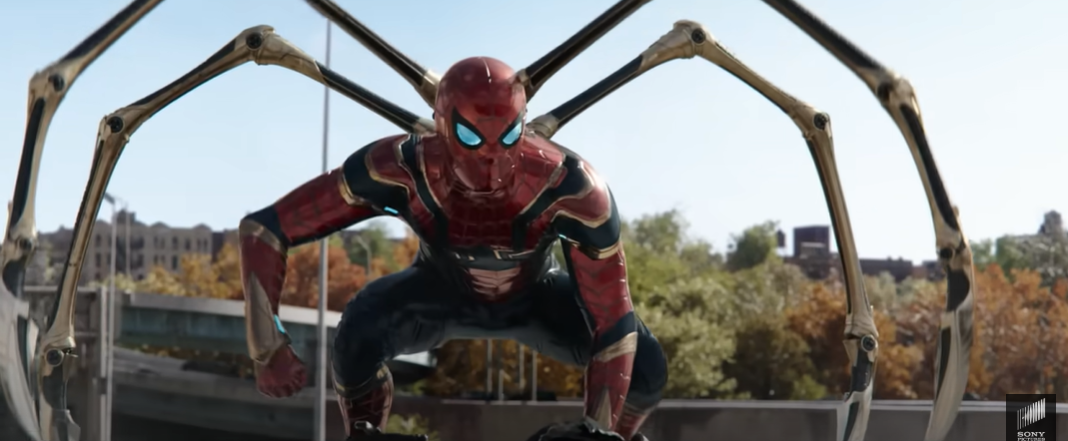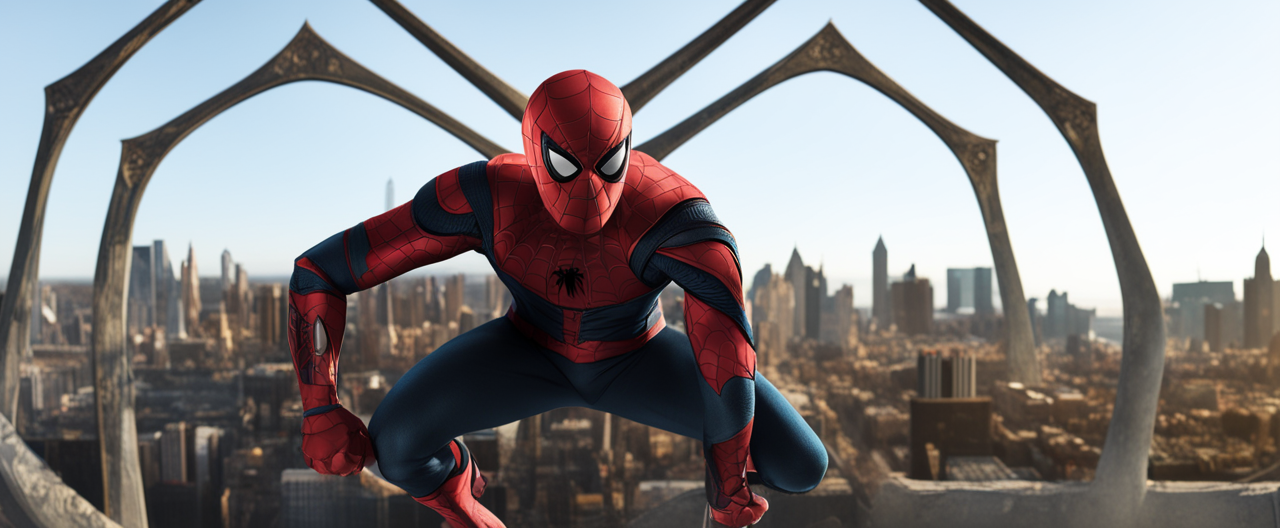Full Workflow: How to Animate an Illustration in After Effects
Learn how to add animation to an existing illustration in After Effects without compromising the integrity of the original artwork. Follow a step-by-step guide on choosing what to animate, preparing it in Photoshop, and selecting effects wisely.
Video Summary & Chapters
No chapters for this video generated yet.
Video Transcript
How do you add animation to an existing illustration?
A common motion design brief is to take an illustration like this and animate it.
But it can be easy to get carried away with the delights of After Effects
and lose the integrity of the original illustration,
which would at the very least annoy your illustrator.
In this case, it's Julia.
I'm Jess for Envato Tuts+.
I'm Jess for Envato Tuts+.
I'm a professional motion and graphic designer
and we are going to walk through how to choose what to animate,
how to prepare it in Photoshop and animate it, choosing your effects wisely.
All right.
So we're in Photoshop and this is Julia's lovely drawing, which is beautiful.
However, not optimized at all for animation, which is not her fault
because she didn't think that this was ever going to be animated.
That's pretty common.
Luckily for us, we've actually got some layers here.
Sometimes you might just get given a completely flat illustration and I would
love to tell you that there is a nifty trick that all motion designers use to
bring that illustration into motion, but there isn't. It is just a long process of cutting
pieces out. So luckily we don't have to do too much of that today, but we do need to do a little
bit of it. So I'm going to show you a little bit of how I would do that to this illustration,
but skip through the really boring bits for you so you're not here all day. When you first get an
illustration from, you know, if especially if it's a supplied asset,
you want to really look at that illustration for inspiration rather than
coming up with your own ideas and forcing that into the illustration.
In this instance, there was this really tonal blue twilight scene
that to me really said twilight.
And there's some shadows already existing here,
which are always a fun thing to play with to show the passing of time.
So to me, it made sense that this animation would then kind of use
those shadows to show night falling and then then it kind of builds.
on itself a story where the light turns on and you can add something new to this illustration.
Sometimes you don't really need to work too hard at this point because you've already
got this beautiful illustration and you're really just looking to enhance what's already
there so don't get carried away trying to add bits that don't really fit, just work
with what you've got and it'll all come together naturally.
Struggling for a spark?
Fire up the largest unlimited creative subscription in the world.
Find and download authentic graphics, templates, photos and fonts.
Get seriously creative.
And go supernova with Envato Elements.
So if I wanted to make these shadows move, these ones behind these bars, what have we
got here?
Oh, the first the first thing we're gonna do is name these layers. So this is a top grain
Like her overall I think you see if I turn that on and off she's got this
nice grain texture and that'll come in handy later but as I go through them as well I'll
turn them off so we can see what each layer is.
This one is a bit, if you hold alt or option and click as well you'll get just that layer
and actually for this I might even add, going on here to add a new layer and I'm going to
Video Summary & Chapters
No chapters for this video generated yet.
Video Transcript
How do you add animation to an existing illustration?
A common motion design brief is to take an illustration like this and animate it.
But it can be easy to get carried away with the delights of After Effects
and lose the integrity of the original illustration,
which would at the very least annoy your illustrator.
In this case, it's Julia.
I'm Jess for Envato Tuts+.
I'm Jess for Envato Tuts+.
I'm a professional motion and graphic designer
and we are going to walk through how to choose what to animate,
how to prepare it in Photoshop and animate it, choosing your effects wisely.
All right.
So we're in Photoshop and this is Julia's lovely drawing, which is beautiful.
However, not optimized at all for animation, which is not her fault
because she didn't think that this was ever going to be animated.
That's pretty common.
Luckily for us, we've actually got some layers here.
Sometimes you might just get given a completely flat illustration and I would
love to tell you that there is a nifty trick that all motion designers use to
bring that illustration into motion, but there isn't. It is just a long process of cutting
pieces out. So luckily we don't have to do too much of that today, but we do need to do a little
bit of it. So I'm going to show you a little bit of how I would do that to this illustration,
but skip through the really boring bits for you so you're not here all day. When you first get an
illustration from, you know, if especially if it's a supplied asset,
you want to really look at that illustration for inspiration rather than
coming up with your own ideas and forcing that into the illustration.
In this instance, there was this really tonal blue twilight scene
that to me really said twilight.
And there's some shadows already existing here,
which are always a fun thing to play with to show the passing of time.
So to me, it made sense that this animation would then kind of use
those shadows to show night falling and then then it kind of builds.
on itself a story where the light turns on and you can add something new to this illustration.
Sometimes you don't really need to work too hard at this point because you've already
got this beautiful illustration and you're really just looking to enhance what's already
there so don't get carried away trying to add bits that don't really fit, just work
with what you've got and it'll all come together naturally.
Struggling for a spark?
Fire up the largest unlimited creative subscription in the world.
Find and download authentic graphics, templates, photos and fonts.
Get seriously creative.
And go supernova with Envato Elements.
So if I wanted to make these shadows move, these ones behind these bars, what have we
got here?
Oh, the first the first thing we're gonna do is name these layers. So this is a top grain
Like her overall I think you see if I turn that on and off she's got this
nice grain texture and that'll come in handy later but as I go through them as well I'll
turn them off so we can see what each layer is.
This one is a bit, if you hold alt or option and click as well you'll get just that layer
and actually for this I might even add, going on here to add a new layer and I'm going to
Video Summary & Chapters
No chapters for this video generated yet.
Video Transcript
How do you add animation to an existing illustration?
A common motion design brief is to take an illustration like this and animate it.
But it can be easy to get carried away with the delights of After Effects
and lose the integrity of the original illustration,
which would at the very least annoy your illustrator.
In this case, it's Julia.
I'm Jess for Envato Tuts+.
I'm Jess for Envato Tuts+.
I'm a professional motion and graphic designer
and we are going to walk through how to choose what to animate,
how to prepare it in Photoshop and animate it, choosing your effects wisely.
All right.
So we're in Photoshop and this is Julia's lovely drawing, which is beautiful.
However, not optimized at all for animation, which is not her fault
because she didn't think that this was ever going to be animated.
That's pretty common.
Luckily for us, we've actually got some layers here.
Sometimes you might just get given a completely flat illustration and I would
love to tell you that there is a nifty trick that all motion designers use to
bring that illustration into motion, but there isn't. It is just a long process of cutting
pieces out. So luckily we don't have to do too much of that today, but we do need to do a little
bit of it. So I'm going to show you a little bit of how I would do that to this illustration,
but skip through the really boring bits for you so you're not here all day. When you first get an
illustration from, you know, if especially if it's a supplied asset,
you want to really look at that illustration for inspiration rather than
coming up with your own ideas and forcing that into the illustration.
In this instance, there was this really tonal blue twilight scene
that to me really said twilight.
And there's some shadows already existing here,
which are always a fun thing to play with to show the passing of time.
So to me, it made sense that this animation would then kind of use
those shadows to show night falling and then then it kind of builds.
on itself a story where the light turns on and you can add something new to this illustration.
Sometimes you don't really need to work too hard at this point because you've already
got this beautiful illustration and you're really just looking to enhance what's already
there so don't get carried away trying to add bits that don't really fit, just work
with what you've got and it'll all come together naturally.
Struggling for a spark?
Fire up the largest unlimited creative subscription in the world.
Find and download authentic graphics, templates, photos and fonts.
Get seriously creative.
And go supernova with Envato Elements.
So if I wanted to make these shadows move, these ones behind these bars, what have we
got here?
Oh, the first the first thing we're gonna do is name these layers. So this is a top grain
Like her overall I think you see if I turn that on and off she's got this
nice grain texture and that'll come in handy later but as I go through them as well I'll
turn them off so we can see what each layer is.
This one is a bit, if you hold alt or option and click as well you'll get just that layer
and actually for this I might even add, going on here to add a new layer and I'm going to


 Install Tubelator On Chrome
Install Tubelator On Chrome






